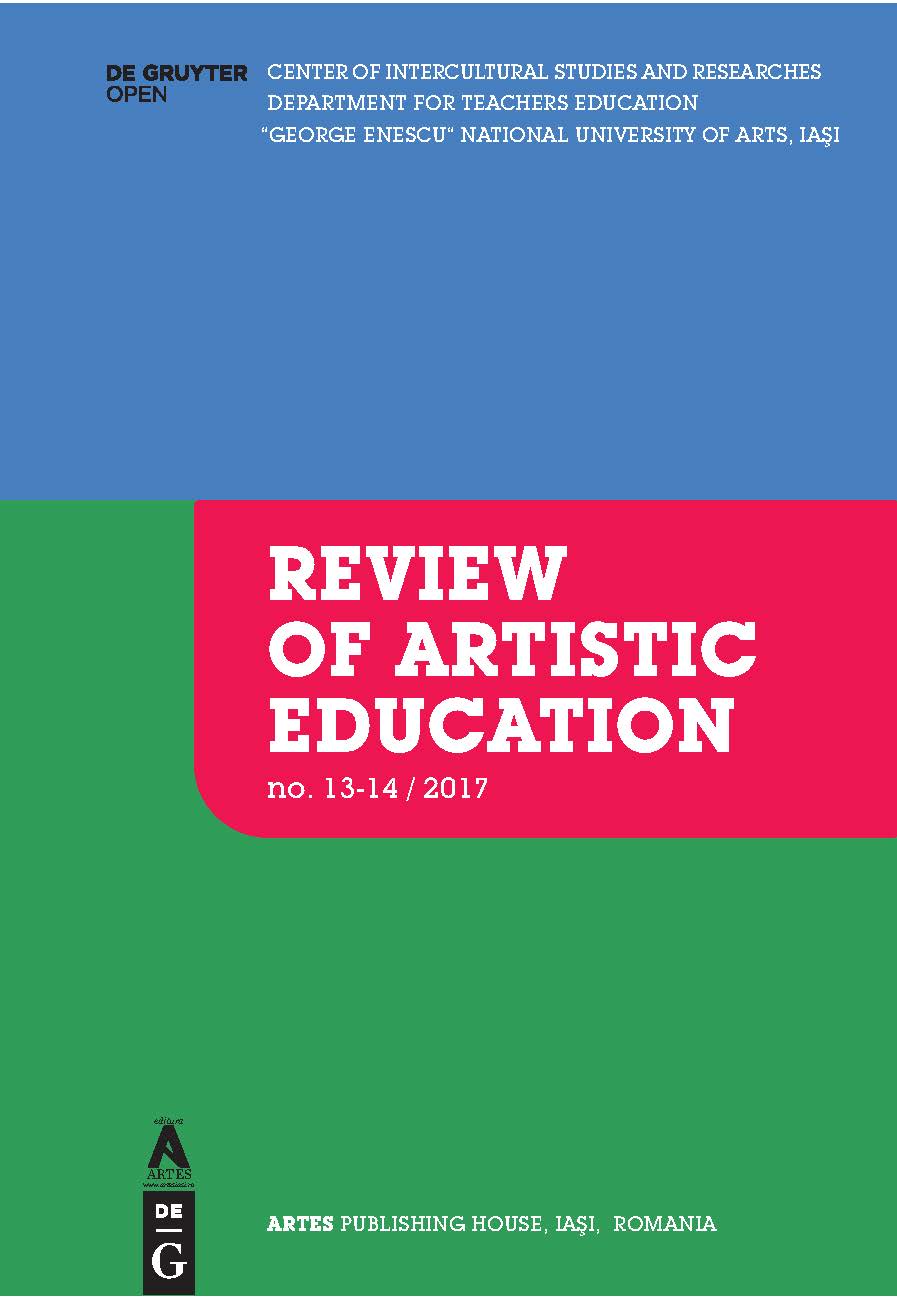THE CONCEPT OF “MODELARIUM” AND ITS IMPACT ON CREATIVITY AND ARTISTIC EDUCATION
THE CONCEPT OF “MODELARIUM” AND ITS IMPACT ON CREATIVITY AND ARTISTIC EDUCATION
Author(s): Bujar Bajçinovci, Florina JerliuSubject(s): Fine Arts / Performing Arts
Published by: Editura ARTES
Keywords: Education; Architecture; Modeling; Art; Academia; Partnership;
Summary/Abstract: Students and Teachers are an epic symbiosis in process of direct learning and academic advancement. Nowadays, this interaction is more bonded and interdependent with technology and equipment‟s, which in a whole system expands learning horizons. The digital era has introduced in the education system new modes of learning, a new way of life and style in schooling. This phenomenon changed the methods of teaching in universities, where lectures were accompanied with concrete explanations of works in modeling, in structural and conceptual sense. The relationship between a student of architecture and teachers broadened with introduction of computer aided modeling and simulation tools to construct those ideas into the reality. The study presented in this paper investigates conceptual methods in art, architecture, creativity and innovation in academic education, focusing on interactive teaching issues, and methods. The research methods consist of empirical observation carried out during 25 years of experience in academia, and direct observation of teaching methods. The purpose of this paper is to examine the evolutive process in teaching relations between architectural students and teachers, with the focus in educational competencies and communication skills. Findings indicate that through artistic concepts of “Modelarium” as an unconventional learning space, a tool and space that enables the partnership. An informal meeting place for artistic interaction, but, concurrently it is a formal part of the educational system in architectural studies, a strategy by which we can bring more: time, conceptual awareness of space and interactive teaching in architecture, which bonds multidimensional threads between students and teachers; thus, fostering a powerful sense of partnership, avoiding boredom and passive learning, while facing the challenges, associated with the development of technology, life style, real issues and global world trends. Research suggests that uniform and/or partially new strategy, cannot respond to all specific issues faced by students in day to day basis. Therefore, new teaching strategies must involve new partnerships, a brand new and a redefined role as a holistic symbiosis, as an response to a less functional and/or conventional academic system. Partnership, a new working symbiosis between students and teachers is an answer to the needs of working together simultaneously towards continuous improvement of academia processes.
Journal: Review of Artistic Education
- Issue Year: 2017
- Issue No: 13+14
- Page Range: 239-248
- Page Count: 10
- Language: English
- Content File-PDF

